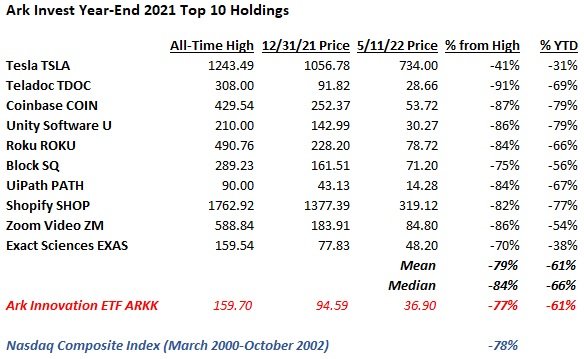Ever since the meme stock revolution began on Reddit in early 2020 I have seen the same trends that everyone else has; younger investors, new to the scene, trying to day-trade their way to wealth. I would echo the same sentiments as many professionals, namely that having young people engage with the investing community is great, so long as they embark on a strategy for their money that sets them up for success based on what we know works (and doesn’t) from decades of experience.
Early in my career I thought that a modest amount of market timing made sense. After all, when you read that over the history of the S&P 500 index, there is a direct inverse correlation between the performance of stocks in each quintile of valuation (as judged by P/E ratio), or that the index itself does far better when starting from a lower P/E, you can really only conclude that having more cash when the market P/E is high and none when it is low would boost returns.
Personal experience, however, shows that it is more complicated than that. The reason is that the strategy works over, say, 40 or 50 years, but it is less reliable over 5 or 10 years. The problem lies in the fact that you don’t know which specific periods will overperform or underperform (only the end result), and if you miss out on returns due to high cash levels for an extended period, it will seemingly take forever to get back above water.
For instance, let’s say that my investment strategy was to be 25% in cash anytime the market was trading for a P/E ratio of 20x or more. Well, I would have had a ton of cash over the last five years (earning close to zero) while the market nearly doubled. If I am supposed to make all of that money back by going to 0% cash whenever the P/E ratio falls below 15x (in this hypothetical barbell strategy maybe I have 5-10% cash between 15x and 20x), I really need the market to go down soon, but what if the P/E stays above 15x for another 10 years?
Playing the “long-term averages” only works when you can be certain that you will be in the game during the highs and the lows and everything in between. If you start investing at 20 years old and stick to the strategy until you are 70 then it will probably work just as the data suggests. But if you are like the majority of people and are only use the strategy for 10-20 years, it is far less likely to work and requires quite a bit of luck (i.e. through no skill of your own you need to hit the right period where the long-term trend follows perfectly).
Okay, Chad, but what if you mix in some economic observation and forecasting into the strategy? For instance, maybe you can time the shifts in overall portfolio cash position to overall economic conditions. Try to predict when recessions are more likely, for example. Or just reduce cash during recessions to ensure you are fully invested when prices are low. It’s easier said than done.
Let’s assume for a moment that you, unlike most everyone else on the planet, have an uncanny ability to forecast when S&P 500 company profits are going to decline within the economic cycle. You surmise that the market should go down when profits are falling so you will use this knowledge to simply lose less money during market downturns than the average investor.
The long-term data would support this strategy. Since 1960, the S&P 500 index has posted a calendar year decline 12 times (about 19% of the time). Similarly, S&P 500 company profits have posted calendar year declines 13 times during that period (21% of the time). This matches up with the often repeated statistic that the market goes up four years out of every five (and thus you should always be invested). But what if you can predict that 5th year? Surely that would work.
Here’s the kicker; while the S&P 500 index fell in value during 12 of those years and corporate profits fell during 13 of those years, there were only 4 times when they both fell during the same year. So, on average, even if you knew for a fact which years would see earnings declines, the stock market still rose 70% of the time.
So the stock market goes up 80% of the time in general and in years when corporate profits are falling the it goes up 70% of the time. And so I ask you (and every client who I discuss this with), how on earth can anyone expect to know when to be out of the market?
The problem with market timing seems to be that even if you have a decent track record avoiding a high stock market allocation during times of extreme froth and overvaluation, any alpha you generate will likely be completely offset during periods when you think stocks will perform poorly (and are positioned accordingly) only to see them rise instead.
It probably took me 10-15 years of investing experience to fully understand these dynamics and greatly reduce the weight I gave to the data I saw as a young investor that shaped by views for a long time. In fact, I still have a Fortune Magazine article that got me thinking that way. Here is a chart featured nearly 20 years ago:







